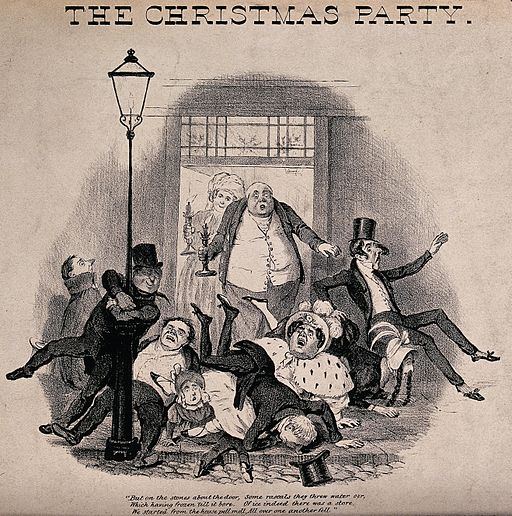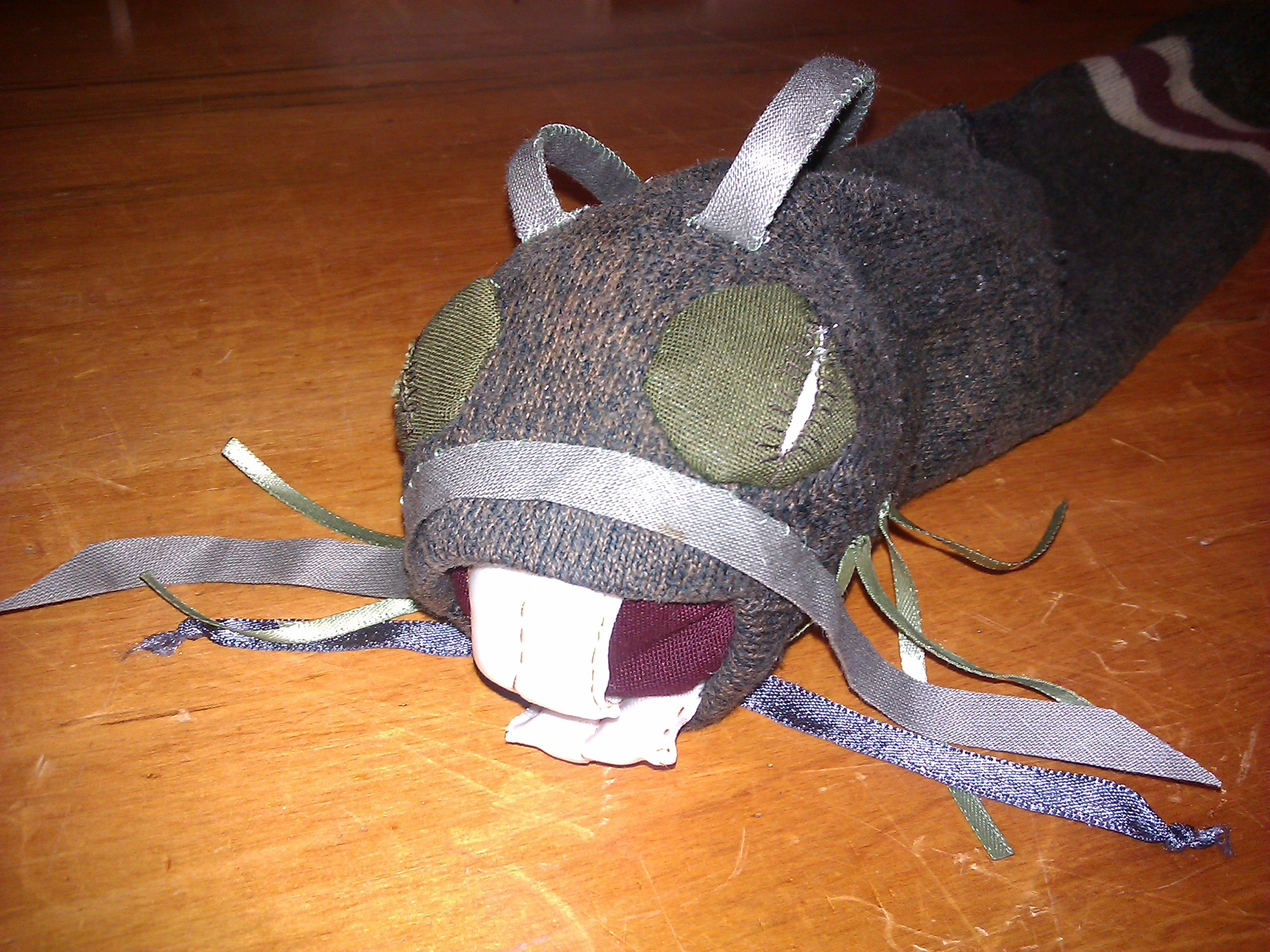No, it’s not December 31st just yet. (Did you give the calendar a panicky look?)
Tomorrow is St. Andrew’s Day (he’s the patron saint of Scotland) and also, this year, the first Sunday in Advent and therefore the first day of the new ecclesiastical year.
Question: why is it that people paint themselves green on St Patrick’s Day (even if they don’t have Irish blood) but they don’t paint themselves blue on St. Andrew’s Day, even if they’re Scots?
I mean, if you have an ancestral tradition of painting yourself blue, why not go for it?

I did actually paint myself blue once (although not on St. Andrew’s Day) with blue food colouring mixed into my sunscreen. I figured if it was safe to eat, it was probably safe to wear.
Rather disturbingly, though, it sank into my skin regardless of how many coats I put on, and I ended the day a pale silvery blue.
And then I leaked blue into my clothes for a week. Next time I might just rub myself with woad, or its nearest antipodean equivalent. (Tips?)

Anyway, regardless of what colour you are planning on being tomorrow, it’s the first day of Advent, the Season of Anticipation, when the church looks forward to celebrating Christ’s first coming, and remembers to anticipate his second. (N.B. If you are not looking forward to Christmas, try staying out of shops. It helps.) Advent is by its very nature a forward-looking time, and it can be useful for more than just preparing for Christmas.
You see, with traditional New Year’s Resolutions, the serious (in fact, crippling) downside is that you make them in the holidays, when everything’s out of routine. That’s the absolute last time that works for starting something new. If you start with the ecclesiastical new year, on the other hand, you get three to four weeks head start before the holidays whip the carpet from under your feet.

The other problem with the usual New Year’s Resolutions is that you don’t get any time to get yourself organized. You’re just plunged straight into the new year, everything’s closed, and by the time you’ve missed a day or a week or so, it seems a bit late for a fresh start that year.
Again, Advent to the rescue! Advent can be a time for getting things together, getting focused, and getting your head in the game. (Odd expression. There aren’t many games that are improved by sticking your head into the middle of things. Trust me.)
So, in the Adventular spirit of Looking Ahead, what’s coming up for you this year? Is there something you want to accomplish, something you want to quit, or any other kind of change to make?
Now, I know some people are staunchly anti-resolution, often because they know that resolutions seldom stick. I don’t make resolutions myself, for that very reason. Why make yourself more reasons to feel guilty?

But how about picking a theme for your year? The Year of Friendship, the Debt-Free Year, the Year of Moving On?
This year I’m going with a theme of Finishing Well. I have so many unfinished things in my life; so many projects from so many years ago, and some of them hang round my neck like millstones. So this will be my year of Finishing, and Finishing Well. Time to start planning how I’m going to make that happen.
What about you? What are you Looking Forward to this year?








